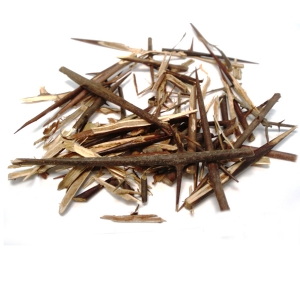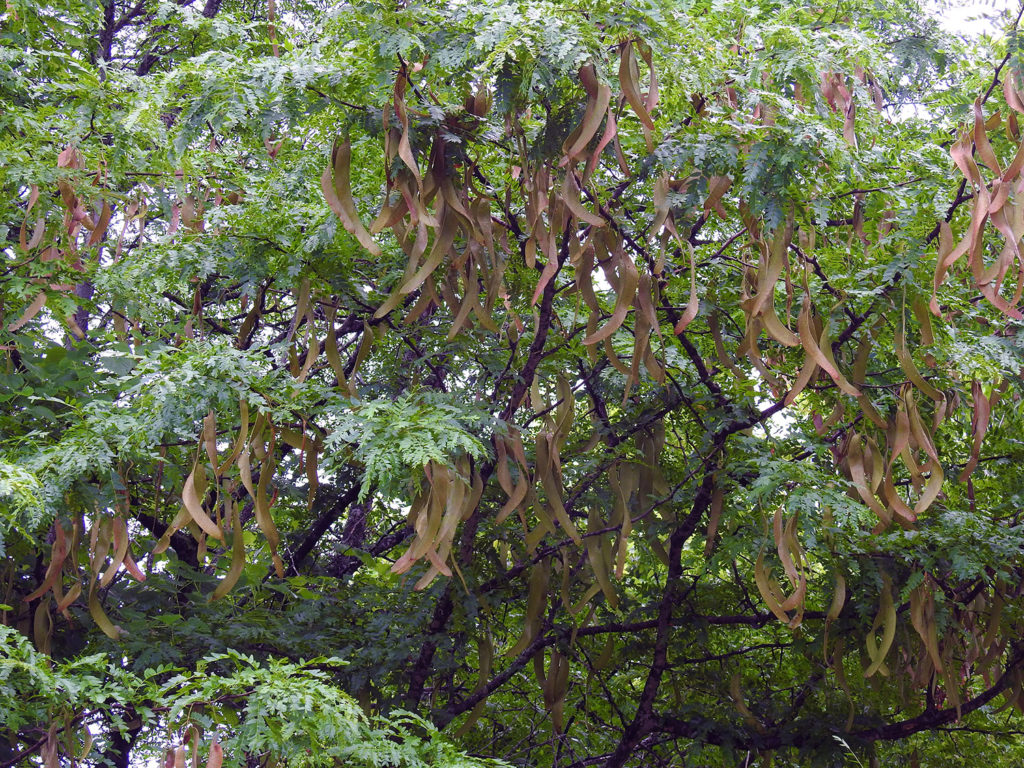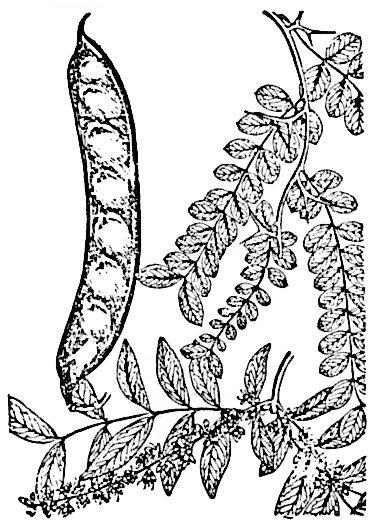- Chronic bronchitis with coughing, wheezing,
a stifling sensation in the chest, and sticky sputum that is difficult to expectorate,
with
Ephedra sinica- Ma huang and Pig bile.
[4]
- As a nasal insufflation, for sudden loss of consciousness, clenched jaw, difficulty
in breathing, and a pale, ashen complection, with
Asarum
heterotropoides- Xi xin.
[4]
- Initial stages of abscesses and boils, with
Lonicera
japonica- Jin yin hua.
[4]
- Either unulcerated or ulcerated abscesses in which there is difficulty with
the discharge of pus. Use with
Atractylodes
macrocephala- Bai zhu.
[4]
- Rectal suppository for constipation, with
Asarum
heterotropoides- Xi xin and honey.
[4]
[1] Barefoot Doctor's Manual- 1977 Prepared by the Revolutionary Health Committee
of Hunan Province. Original Chinese manual- Victor W. Sidel. Originally published
by Dr Joseph Quin and the Fogarty International centre, Bethdesda (1974). Madrona
Publishers Seattle Washington ISBN 0-914842-52-8
[2] A Complete English Dictionary of Medicinal Terms in Chinese Acupuncture and
Herbalism 1981- Henry Lu Chinese Foundations of Natural Health- The Academy of
Oriental Heritage, Vancouver, Canada.
[3]
en.wikipedia.org
[4] Chinese Herbal Medicine Materia Medica- Dan Bensky and Andrew Gamble- Eastland
Press 1986 Seattle Washington ISBN 0-939616-15-7
Images
1.
showhua.com
2.
[1]
3.
www.asiancancerherb.info
4.
kirstinscounter.com
5.
tarawildlife.com
6.
etsy.com Gleditsia
sinensis 皂
角 Zào jiǎo Honey
locust Family: Leguminosae
Gleditsia
sinensis 皂
角 Zào jiǎo Honey
locust Family: Leguminosae




 HABITAT:
Found growing along valley streams or level land.
HABITAT:
Found growing along valley streams or level land.